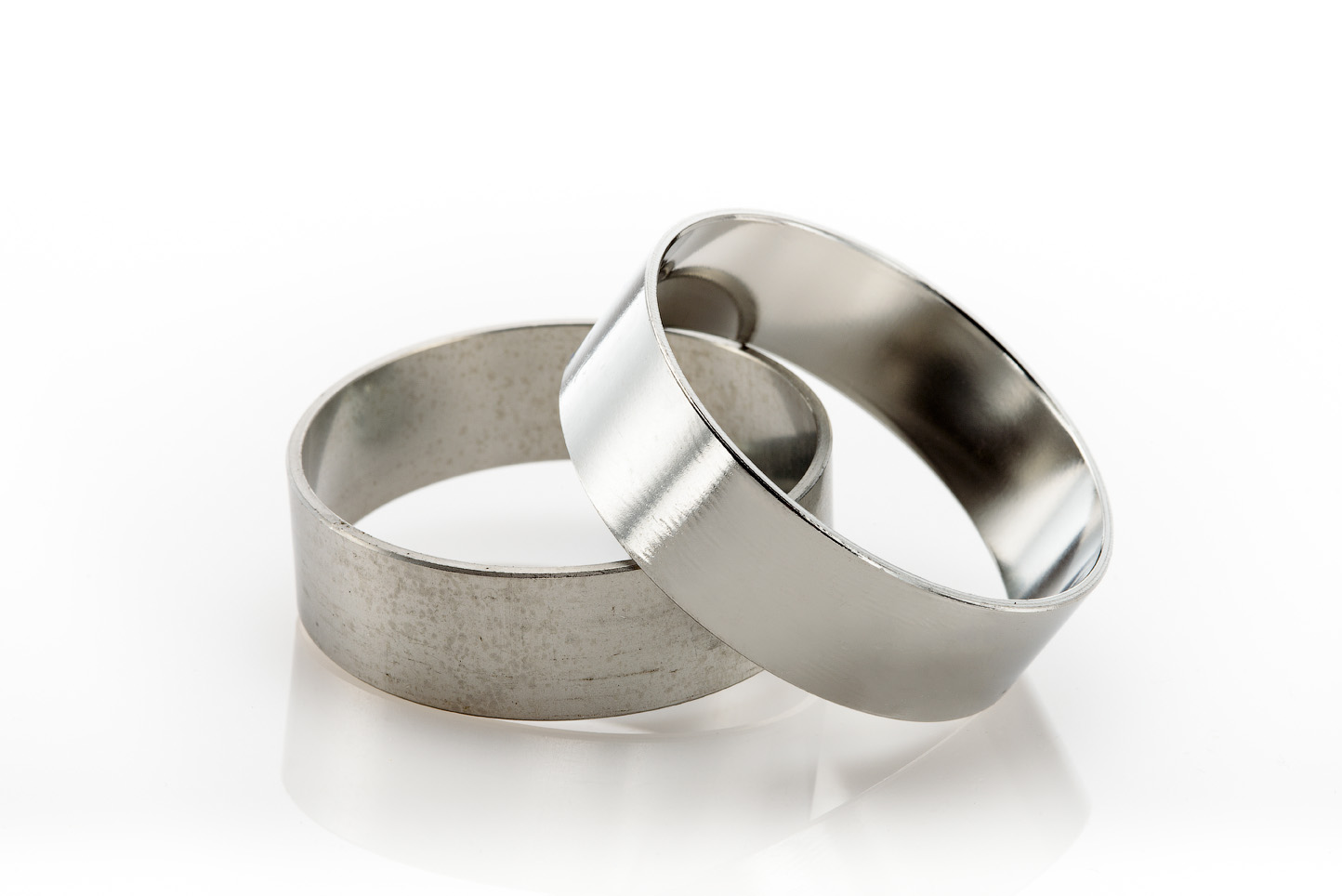The Difference between Mechanical Polishing and Electropolishing
In the realm of metal finishing processes, two prominent methods stand out: mechanical polishing and electropolishing. Both techniques aim to enhance the surface of metal components, offering a range of benefits and applications. However, their mechanisms and outcomes differ significantly. Let’s delve into the distinctions between these two processes and explore why electropolishing, offered by New England Electropolishing, is the preferred choice across various industries.
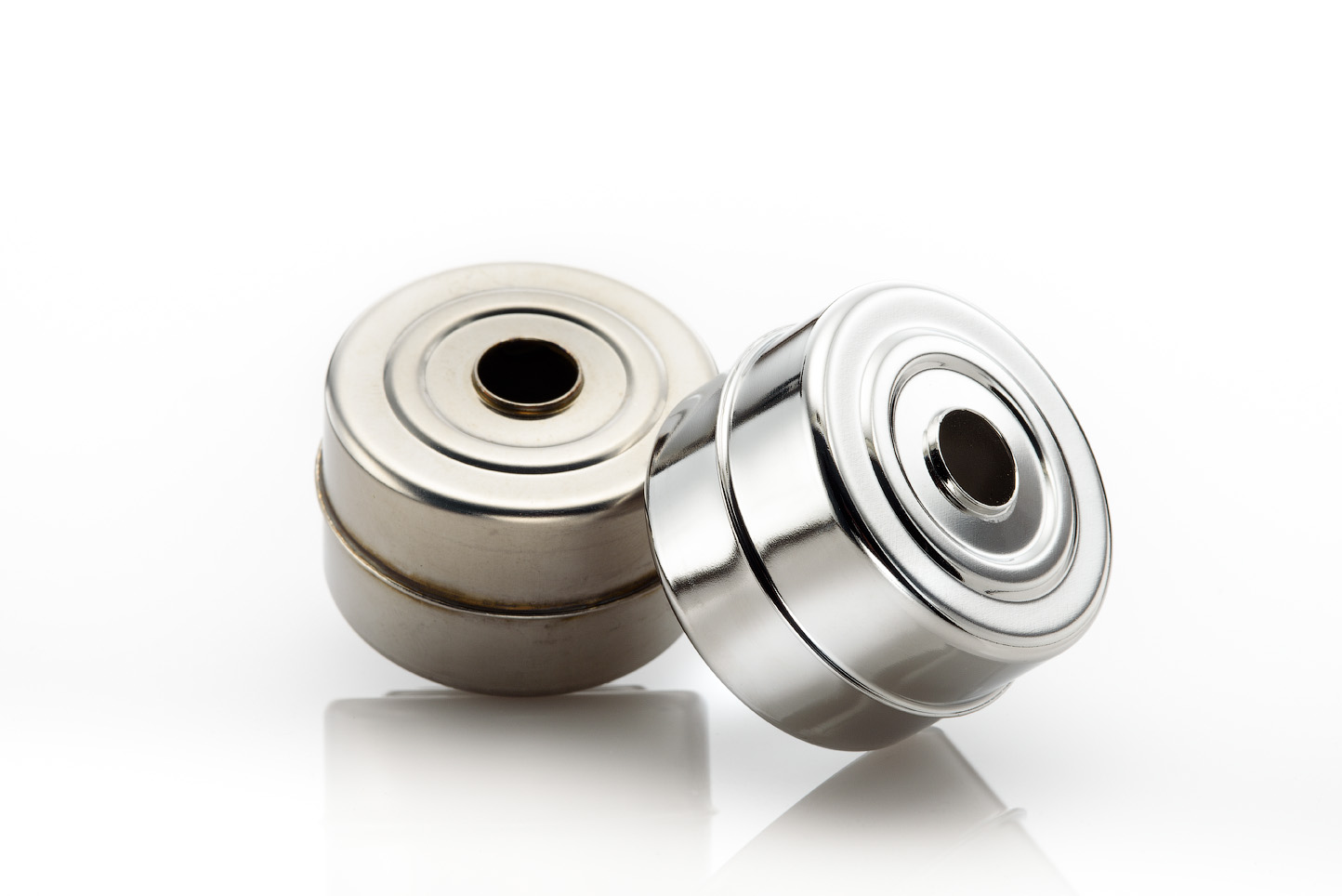
Mechanical Polishing: Traditional Techniques
Mechanical polishing is a conventional method employed to refine metal surfaces. This technique involves abrasives, buffing wheels, or abrasive belts to remove surface imperfections, scratches, and blemishes. Through physical force and friction, the surface is smoothed, achieving a relatively polished appearance.
While mechanical polishing has been widely used and is effective to some extent, it has limitations. One significant drawback is the tendency to embed abrasive particles into the metal surface, potentially causing contamination or corrosion initiation points over time. Moreover, it might not uniformly treat intricate or hard-to-reach areas, leading to uneven finishes.
Electropolishing: Precision Redefined
On the contrary, electropolishing is an advanced electrochemical process that doesn’t rely on abrasive tools. Instead, it involves the immersion of stainless-steel components in an electrolyte bath while applying a controlled electrical current. This process selectively dissolves microscopic surface irregularities, leaving the material with a smooth, clean, and bright finish.
Electropolishing offers a plethora of advantages over mechanical polishing. Firstly, it’s highly effective in deburring and polishing intricate or complex shapes. Secondly, it removes a controlled amount of surface material, reducing microscopic peaks and valleys, which in turn improves corrosion resistance and fatigue life of the metal. Furthermore, electropolishing eliminates embedded contaminants and imparts a passive layer, enhancing the material’s biocompatibility in medical or pharmaceutical applications. Finally it is cost effective and more economical way to finish stainless steel versus mechanical finishing.
Why Choose New England Electropolishing?
New England Electropolishing specializes in providing top-notch stainless steel electropolishing services, catering to diverse industries such as medical devices, semiconductor, laboratory, and more. What sets them apart is their commitment to precision, quality, and innovation. With state-of-the-art facilities and a team of experienced professionals, they ensure superior surface finishing solutions that meet the highest industry standards.
Their electropolishing processes are meticulously designed to accommodate all grades of stainless steel, delivering consistent and impeccable results. Whether it’s achieving a bright finish on stainless steel components or enhancing the functionality of critical parts, New England Electropolishing excels in optimizing metal surfaces for performance and longevity.
Conclusion
In the realm of surface finishing, the choice between mechanical polishing and electropolishing significantly impacts the quality, functionality, and durability of metal components. While both methods aim to improve surface aesthetics and properties, electropolishing stands out for its precision, uniformity, and superior performance across diverse applications.
New England Electropolishing stands at the forefront of this innovative technique, offering tailored solutions that elevate the standards of metal finishing. For those seeking impeccable surface treatments and superior results, electropolishing with New England Electropolishing emerges as the clear choice.
Elevate your metal finishing standards and unlock the full potential of your products with the power of precision electropolishing.
Does Electropolishing Prevent Corrosion?
“Electropolishing is an electrochemical process that enhances metal alloys resistance to corrosion. Electropolishing is used to clean, deburr and passivate metals by removing impurities from the surface left behind from manufacturing processes.”
Electropolishing Resources
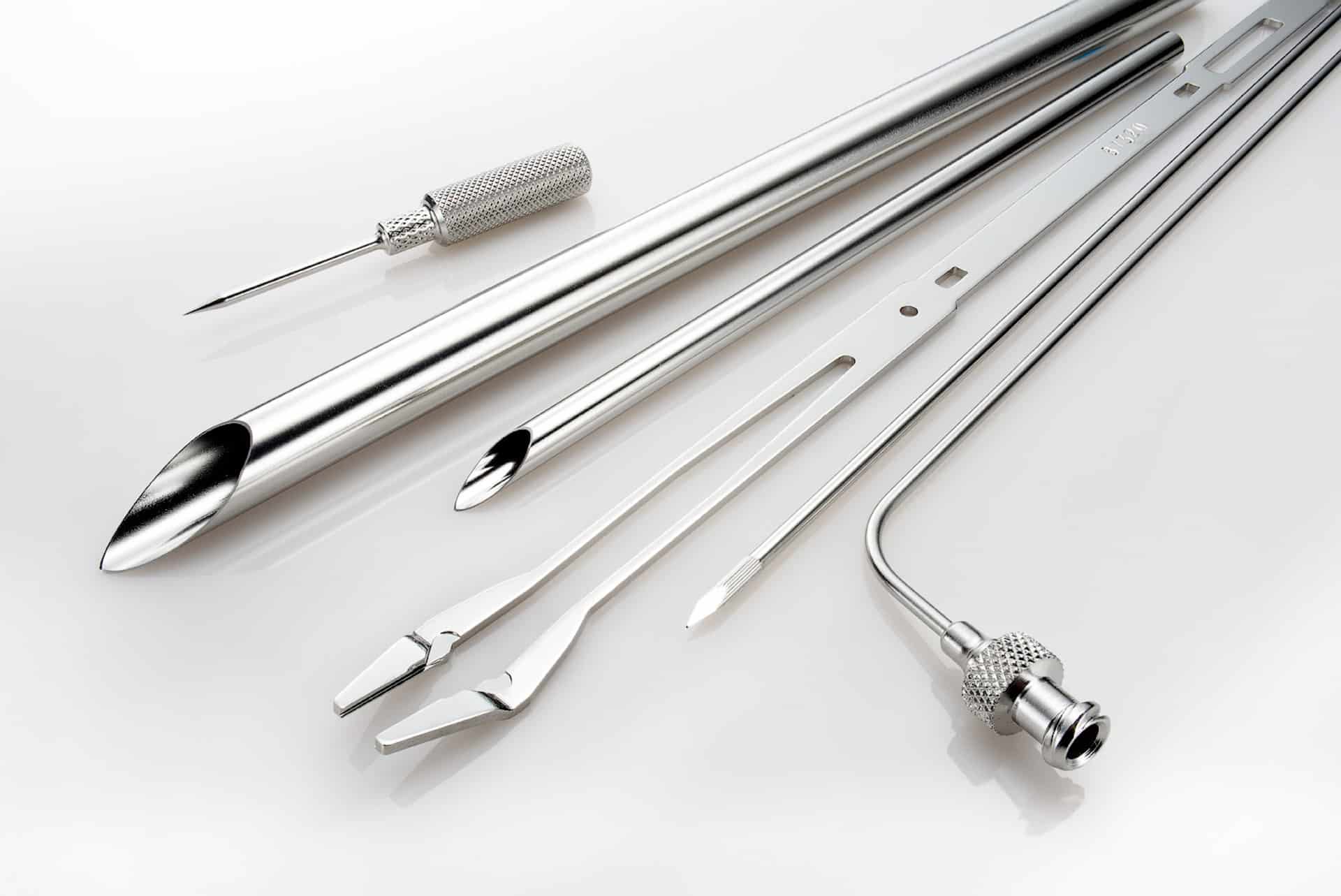
What is Electropolishing?
Electropolishing is an electrochemical and reverse plating process that removes the outer layer of skin on a metal...
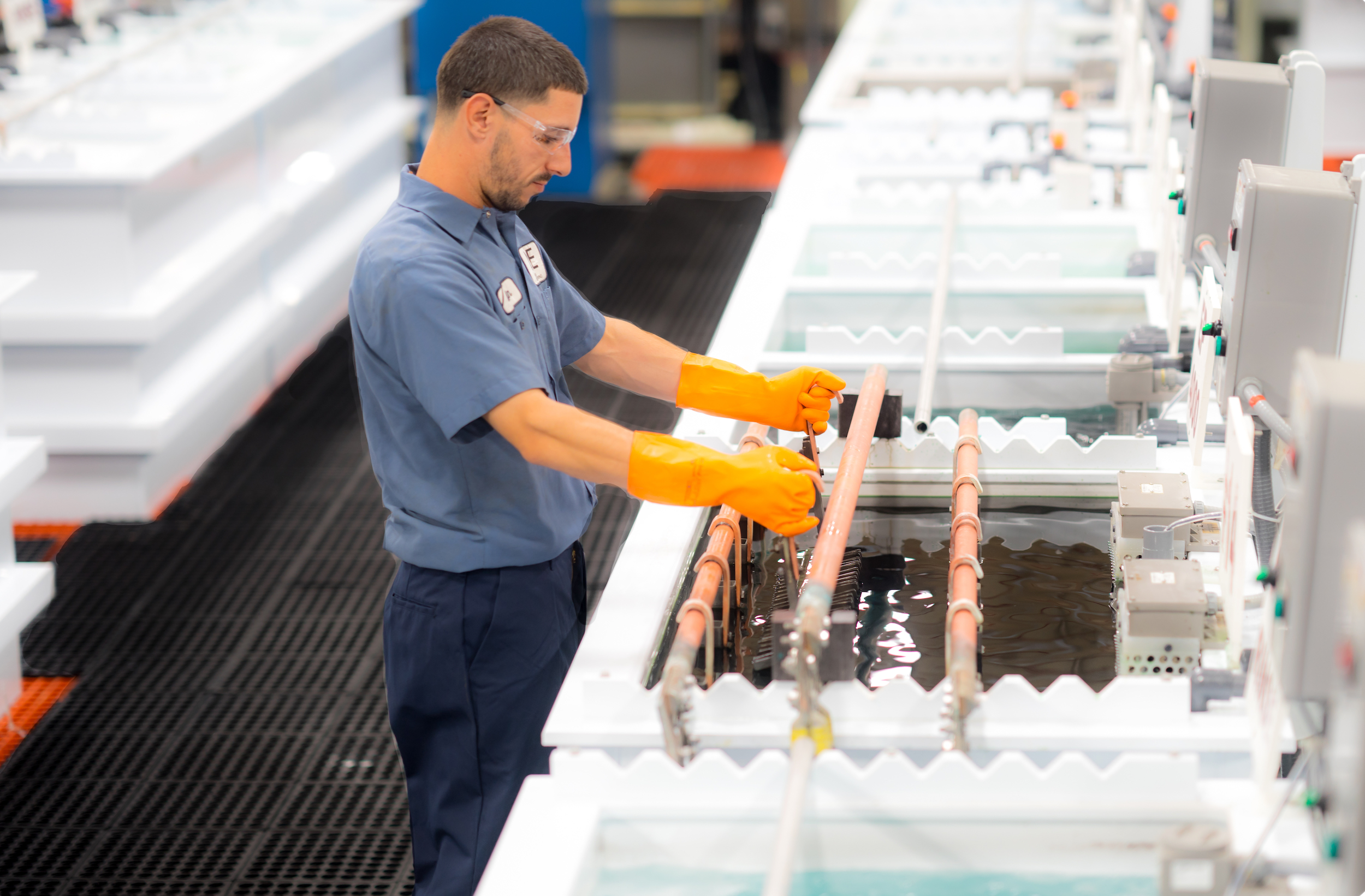
The Electropolishing Process
The electropolishing process is initiated by immersing a metal part into a temperature-controlled bath of electrolyte...
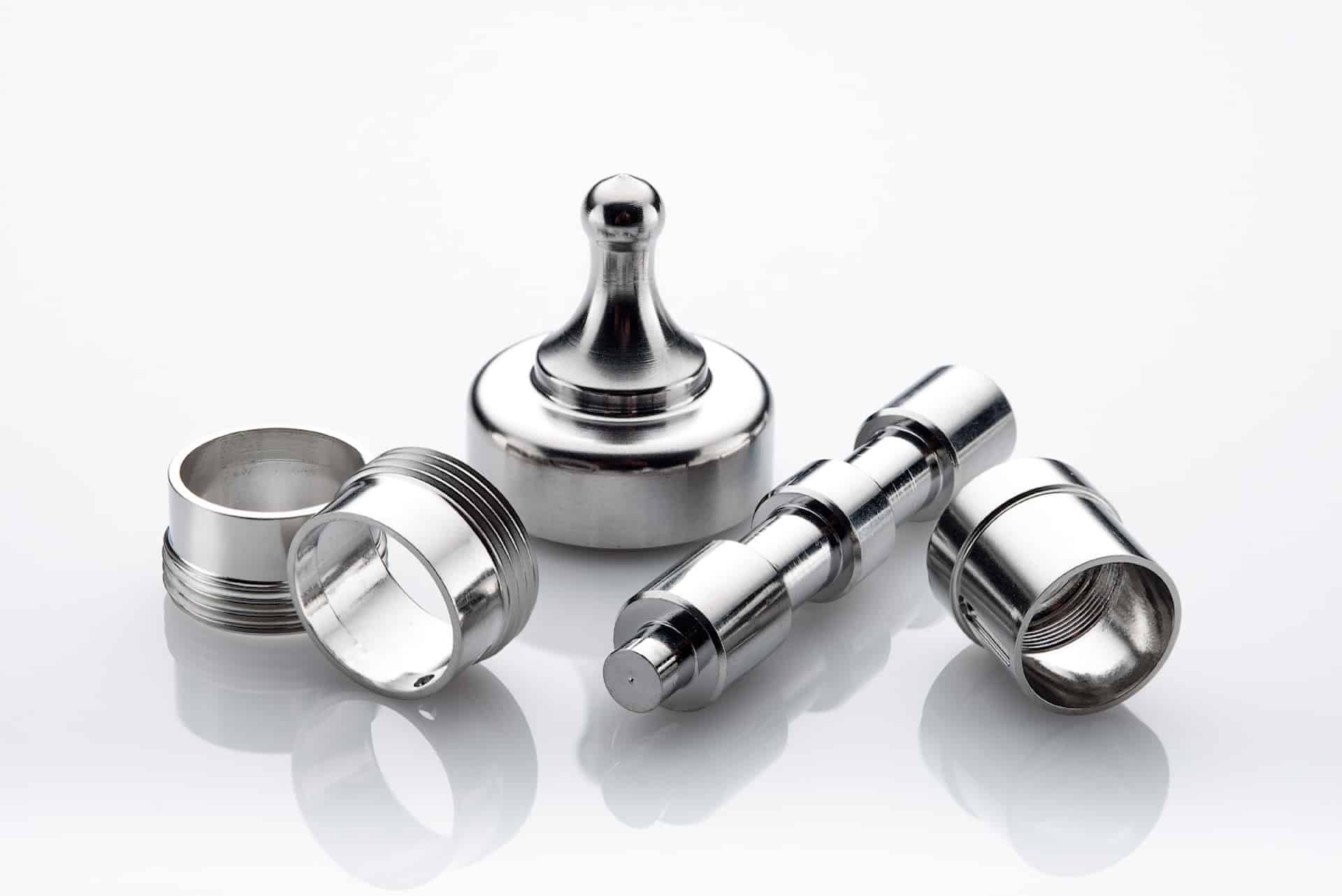
Benefits of Electropolishing
Curious about the benefits of putting your parts through the electropolishing process? Read along below where we...
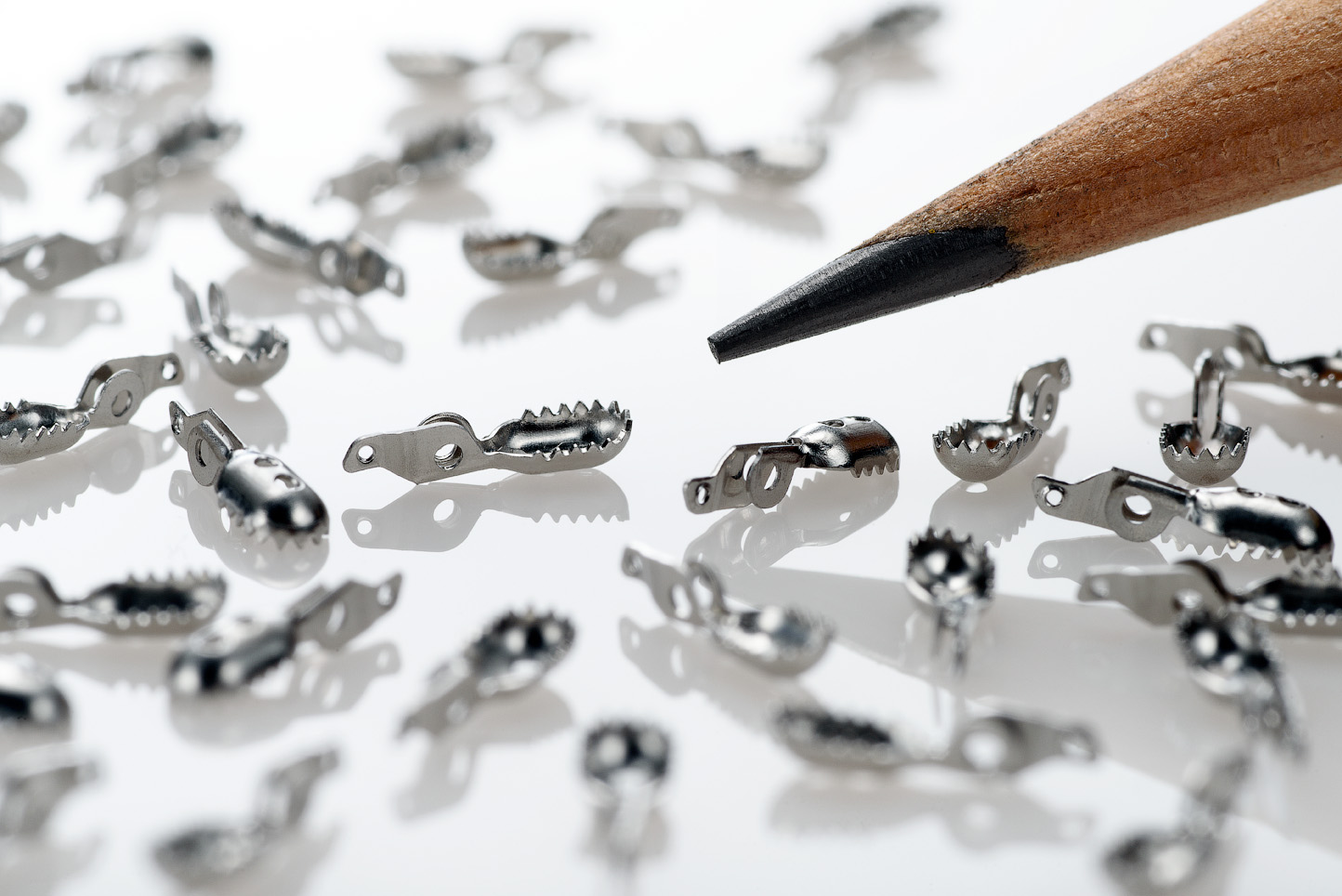
How Much Material Does Electropolishing Remove?
Electropolishing, when done properly is a highly controllable process which removes as little as...

How Much Will Electropolishing Improve the Surface Finish of My Part?
Ra and RMS are both representations of surface roughness. Ra is calculated as the roughness average of a surface’s...
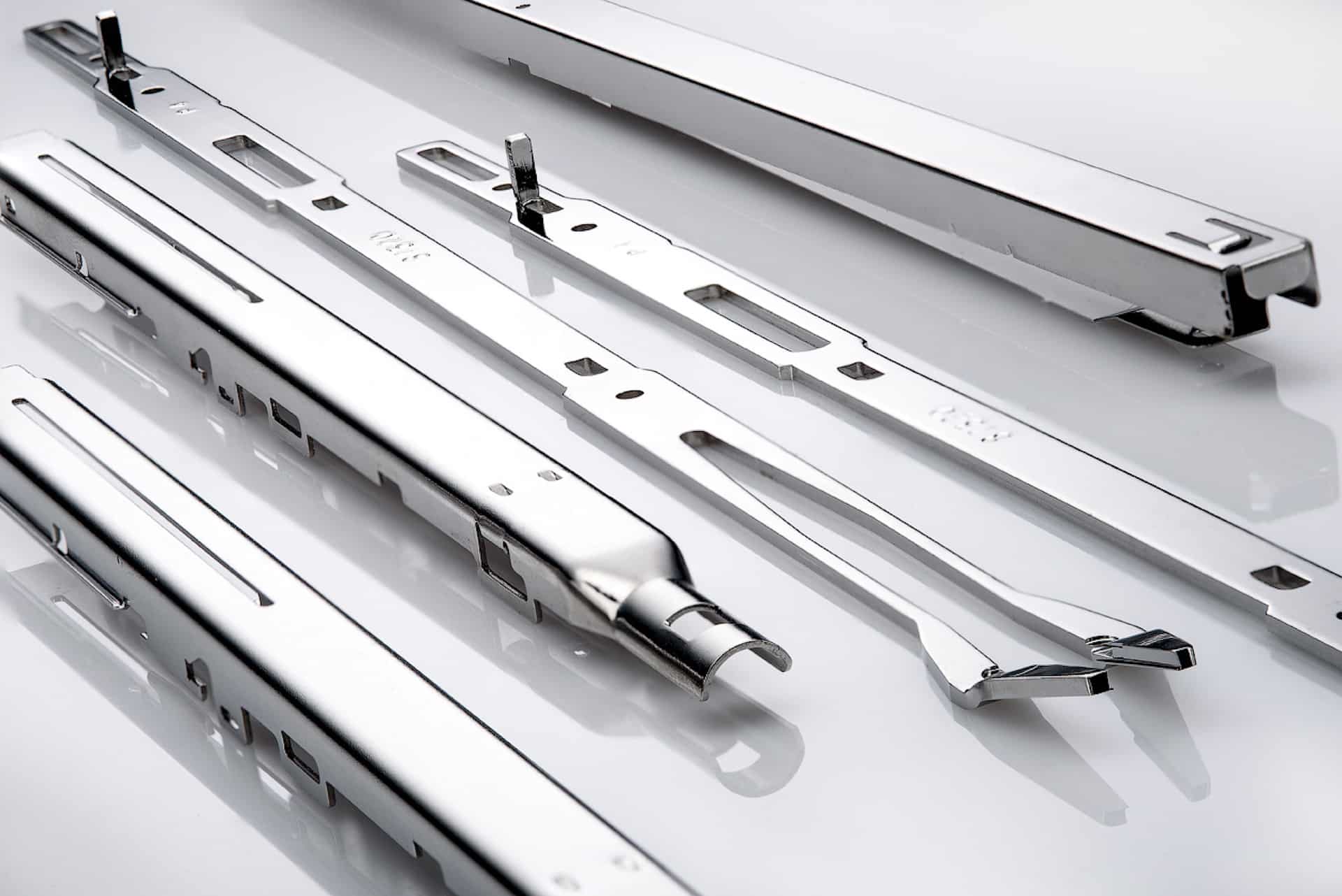
Electropolishing Frequently Asked Questions
Learn the difference between electropolishing and electroplating as well as how the electropolishing process works...

What is ASTM B912?
ASTM B912 is an industry standard for the passivation of stainless steel alloys through electropolishing...
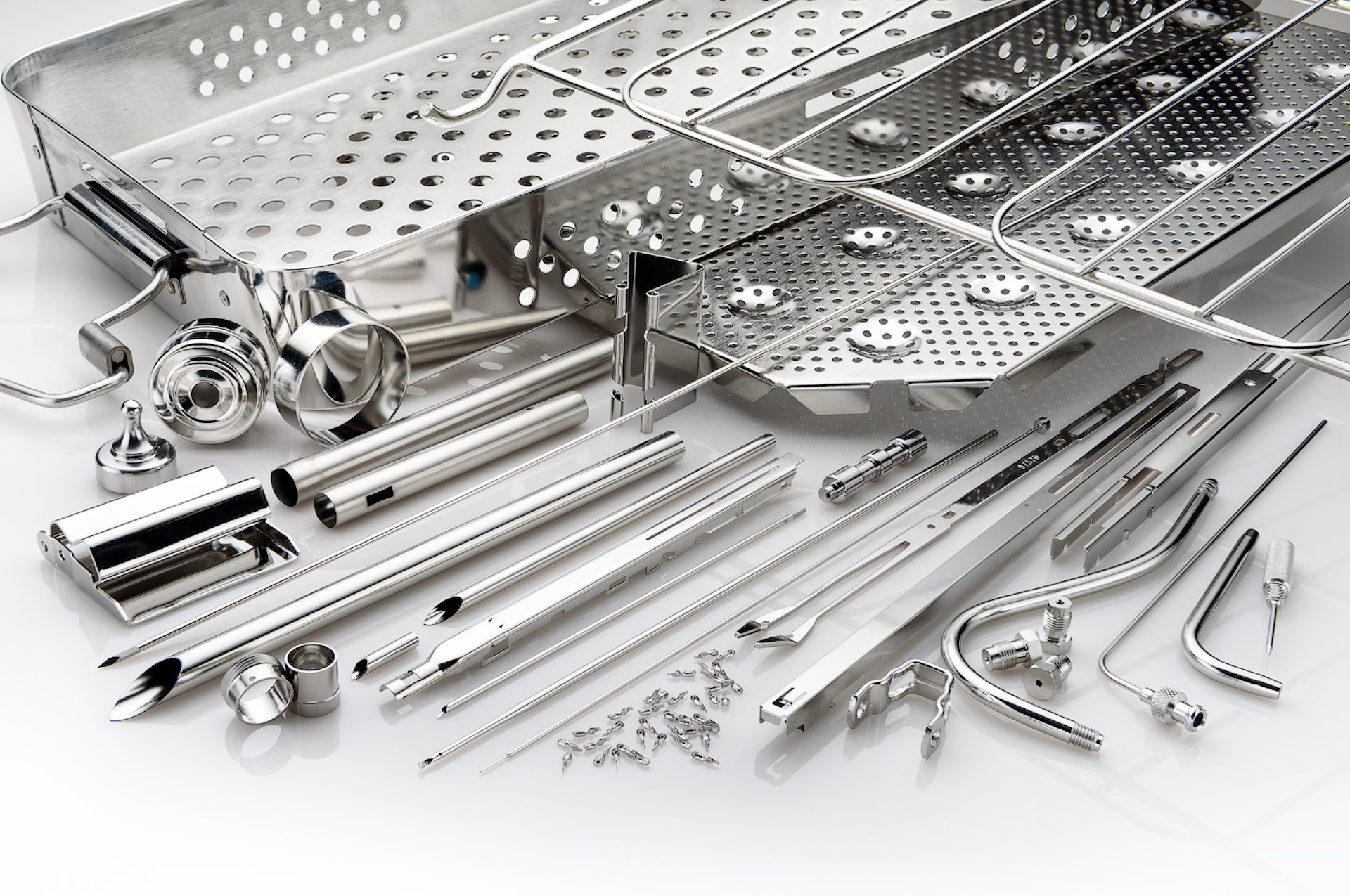
What is ASTM A967?
ASTM A967 is an industry standard specification for the chemical passivation treatments for stainless...
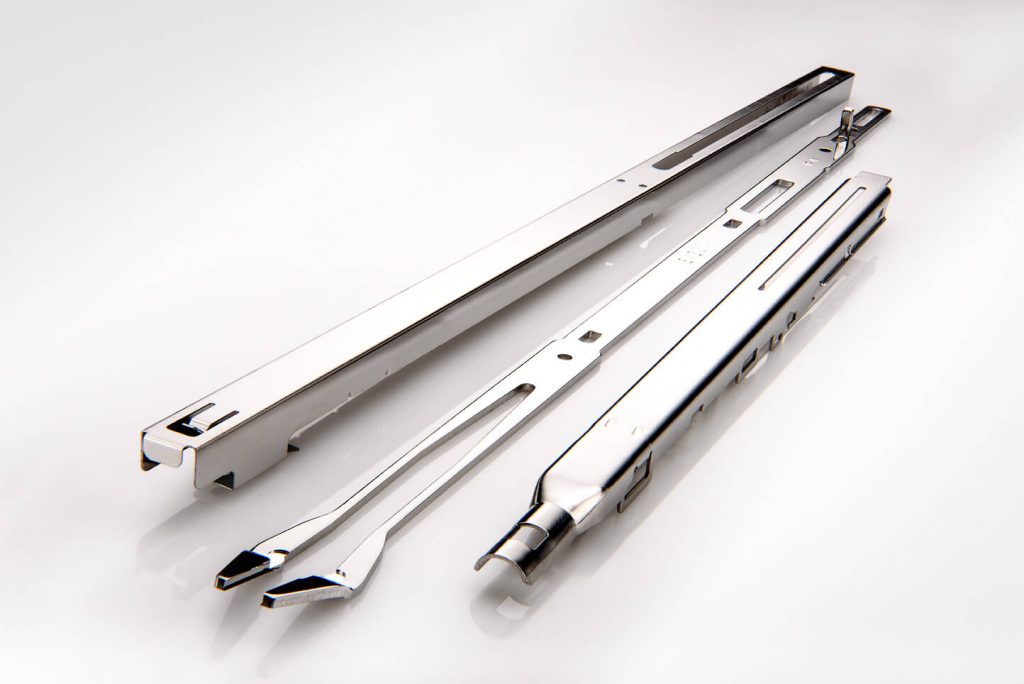
What is ISO 13485?
ISO 13485 is a standard that applies specifically to medical devices. ISO 13485 is designed to be...
